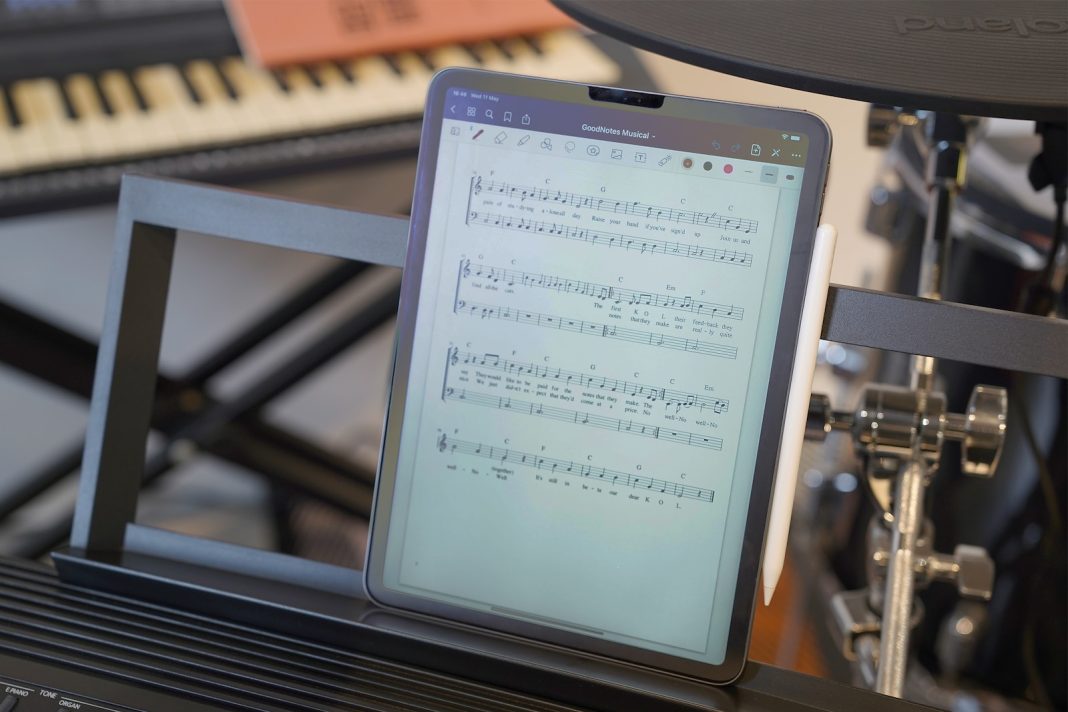In the digital age, the ability to convert documents into portable, universally accessible PDFs is a valuable skill. Windows users, particularly those on Windows 10 and Windows 11, can easily harness the power of the built-in Microsoft Print to PDF feature. However, for those seeking more advanced options, alternatives like Adobe Acrobat and doPDF offer a gateway to enhanced control over print-to-PDF settings.
Setting Up Microsoft Print to PDF: A Native Solution
The native Microsoft Print to PDF tool is a convenient feature that comes pre-installed with Windows 10 and Windows 11. Setting it up is a straightforward process:
- Navigate to Settings: Open the Start Menu and find the Settings page or use the search bar to locate it. In Windows 11, choose Bluetooth & devices.
- Access Printers & Scanners: Within the Devices section, select Printers & scanners from the left menu. If Microsoft Print to PDF is not listed, click on “Add a printer or scanner.”
- Add a Local Printer: Opt for “The printer that I want isn’t listed” or the equivalent in Windows 11. Choose to add a local printer or network printer with manual settings.
- Configure Settings: In the subsequent window, select FILE: (Print to File) as the port. Choose Microsoft as the manufacturer, highlight Microsoft Print to PDF, and proceed with the default driver.
- Complete Installation: Follow the prompts, providing a name for the print-to-PDF feature, and finalize the installation process.
Using Microsoft Print to PDF
Once configured, employing Microsoft Print to PDF is a breeze:
- Print Document: Select Microsoft Print to PDF as the printer when printing a document. Click the Print button if required.
- Save the PDF: Specify the file’s location and name when prompted. Within moments, a newly created PDF will be at your disposal.
Exploring Advanced Options: Adobe Acrobat
While Microsoft’s native tool is efficient, users craving more sophisticated features may turn to third-party alternatives like Adobe Acrobat:
- Install Adobe Acrobat: If not already installed, download and install Adobe Acrobat. It offers a free trial for those seeking a temporary solution.
- Select Adobe PDF Printer: In the document printer options, choose Adobe PDF as your printer.
- Customize and Save: After selecting Print or Save, name the document and select a save location. Advanced options allow users to manipulate the PDF further, even converting it into a JPEG.
An Alternative Approach: doPDF
For users without Adobe Acrobat or seeking a free and reliable solution, doPDF is an excellent choice:
- Download doPDF: Visit the developer’s official website and download doPDF. The installation process is user-friendly, requiring only a few simple prompts.
- Choose Installation Option: Opt to run doPDF as a standalone program or integrate it as an add-on to Microsoft Office.
- Access doPDF: Open the program, select the Create one document tab, and focus on the Create PDF immediately option.
- Select File and Print: Browse to the file you wish to convert, click Open, and choose Create after selecting the file.
- Adjust Preferences: A pop-up screen allows users to set preferences. Click OK to start printing the document to PDF.
By following these step-by-step guides, Windows users can effortlessly utilise the native Microsoft Print to PDF tool or explore alternative solutions like Adobe Acrobat and doPDF. Whether simplifying the process for everyday use or seeking advanced features, the diverse options cater to the varying needs of users in the digital landscape.


